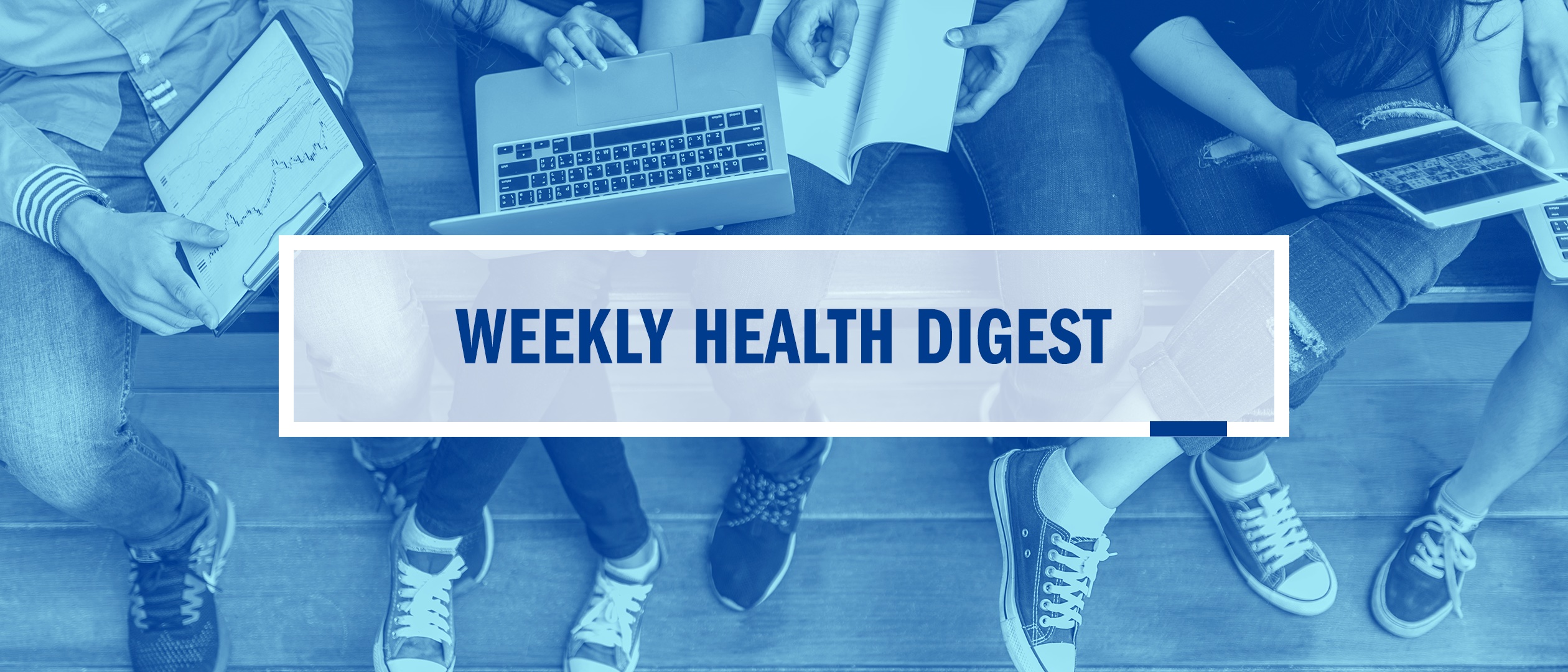Saanvi Nayar recommends "Foodie Pharmacology" for its insightful discussion of the cookbook "Plantology," on how adopting a plant-based diet can revolutionize our health and tackle chronic diseases, proving that food truly is medicine
Image by: Nice4What
Editor’s Note: This piece is the third student essay about Human Health students’ experiences participating in Health 1, 2, 3’s classroom to community 4th level component. See here to learn more about this new program.
By: Egan Kattenberg
COVID-19 has seeped into every aspect of our lives. The south is disproportionality being impacted. Overall, the South ranks highly in negative health outcomes and support: diagnoses of hypertension and a high prevalence of chronic disease, all of which worsen the COVID trajectory. All of these factors underlie the effort made by Emory University and its’ students to support the Atlanta community.
As part of the Atlanta community, Emory students and Emory University have a civic duty to support the needs of its community as the needs evolve. Initially, I was enticed by the 4th level of the Health 1, 2, 3 program’s outreach efforts with Graduation Generation at King Middle School because I saw it as an opportunity to become a better teacher and foster a conversation on health with youth. What I learned in participating in the program was the ability to understand the community and build rapport with the students. Due to COVID-19, I was unable to facilitate health lessons at King Middle School in person because of the fallout of COVID-19. However, I did have the opportunity to embrace a new need of KingMiddle School-remote learning tools.
The adaptation of these lessons demonstrated my will and ability to help, lead, and teach in a complex evolving situation. I learned from my peers and my own experience creating online presentations, it is imperative to create engaging and interactive lessons with the students in mind. The health education provided, ensured a baseline which the students could apply to make their lives healthier.
Health education should be wholistic, relevant, and pertinent in order to foster a culture of health that can be sustained. Luckily the Health 1, 2, 3 program prepared my team with the knowledge and tools to develop an approach to meet this need. Our lessons focused on and included reference to all pillars of health: spiritual, physical, emotional, mental, and social. A wholistic approach is necessary to understand the intersectionality of many health topics and the wide-ranging effects health has on one’s life.
Secondly, if the information is not relevant or context specific, the information would fall on deaf ears. That is why we were asked to observe the students and understand a little bit about their lives. In this way we were able to include activities that garnered the attention of the students.
Finally, the health education must be pertinent, and by that, I mean correct and applicable. Our lessons could be implemented independently by the students without help and are supported by up-to-date research in the social sciences. Because our health education fulfills these criteria, our hope is that it contributes to the building of health at King Middle School and hopefully in the wider community.
Through this initiative, Emory students like myself can fill and should fill vacated niches such as health education program delivery for youth. Public health programs, especially in the South, are underfunded, and this underfunding leads to negative health outcomes. What is made apparent by the current COVID-19 outbreak is that it does not take 40 years of aging for underfunding to have an effect. The effects are being seen right now in mortality statistics. Emory students and Emory University should and can fill this void through community health education and programs to create a culture of health that will flip the script.
If you are interested in seeing the lessons my team adapted to a remote learning environment, you can access them via the links below.
Video 1: Stress https://www.youtube.com/watch?v=to3vYASaZbk
Video 2: Time and Energy Management https://www.youtube.com/watch?v=HZ4AoB1asYY
Video 3: Physical Activity https://www.youtube.com/watch?v=lnVzvMhmajI

